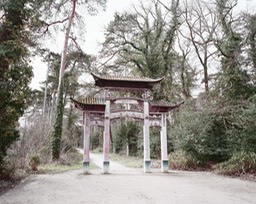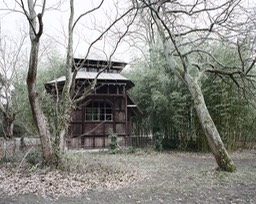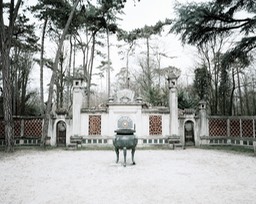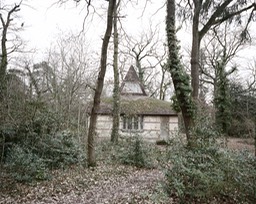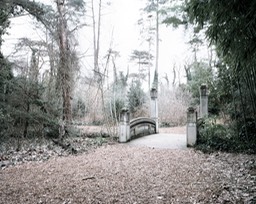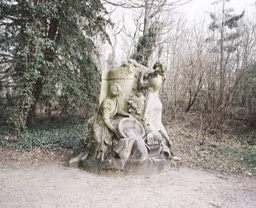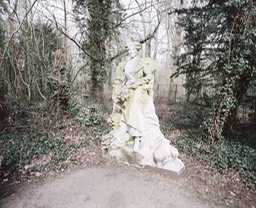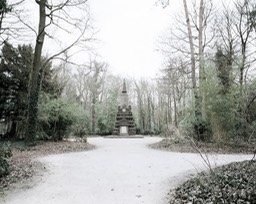A project documenting the former site of a ‘human zoo’. In 1907, France hosted a Colonial Exhibition at Le Jardin d’Agronomie Tropical de Paris, accommodating six pavilions to represent Sudan, India, Morocco, Madagascar, Tunisia, and the Congo. Native men, women, and children were recruited to participate as spectacles, performing ceremonial rituals and simulating an ‘authentic’ daily life. For six months, the exhibition attracted over one million visitors, bringing scientific bias and entertainment to the masses.
The presentation of humans had captured the fascination of Western cultures since the age of European exploration. It provided the public an opportunity to experience ‘exotic’ cultures while advocating the benefits of Colonialism. The imperial ideology of the period sought to maintain a superiority of the West by underlying their fundamental differences. They established hierarchies according to skin colour, reaffirming a boundary between the ‘civilized’ and the ‘primitive’, between spectator and spectacle.
The debate about what to do with controversial landmarks continues as society confronts its uncomfortable past. To remove or reinvent historical monuments is a complex process. Some of the pavilions at the tropical agronomy act as a remembrance for fallen colonial soldiers. What remains serves as a reminder of the history of prejudice, cultural Imperialism and its appropriation of architectural legacies that have since been reclaimed by nature.
